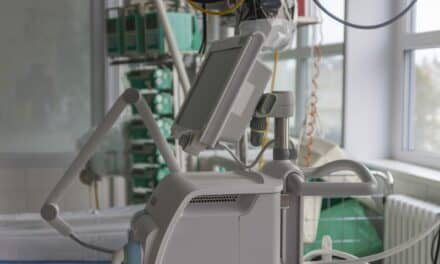The global operating room (OR) equipment market, which covers OR tables, OR lights, and surgical boom units, is set to rise from slightly over $920 million in 2016 to around $1.1 billion by 2023, representing a compound annual growth rate of 2.6%, according to research and consulting firm GlobalData.
The company attributes this modest growth to rising numbers of surgical procedures in numerous specialties, a spike in laparoscopic and computer-assisted procedures, and increasing access to better surgical care.
Shashank Settipalli, GlobalData’s analyst covering medical devices, explains: “The benefits of laparoscopic procedures over open surgeries are numerous, such as requiring smaller incisions and fewer stitches, quicker recovery times, and shorter hospital stays.”
“As laparoscopic procedures continue to grow, OR equipment needs to provide the requisite access to more imaging machines, insufflation devices, and other pieces of peripheral equipment,” Settipalli says. “The number of surgical booms per OR can be expected to increase to accommodate the increasing numbers of peripheral equipment needed for laparoscopic surgeries.”
In order to circumvent steep costs and bureaucratic red tape, citizens from developed nations sometimes travel to emerging countries to undergo medical procedures, further driving the OR equipment market. Hospitals in emerging countries, such as India, Brazil, Malaysia, and Mexico, offer cosmetic, dental, cardiovascular, orthopedic, and reproductive procedures at much lower costs.
Settipalli notes: “To serve the needs of incoming foreign visitors, hospitals in medical tourism destinations need to purchase the latest modern equipment typically found in the ORs of developed nations. The centers also need to stay competitive with each other to attract the most foreign customers, which can open the door for both international and local manufacturers to provide OR tables, lighting systems, overhead supply units, and integration solutions at advantageous prices.”
Despite these drivers, certain obstacles will keep growth modest over the forecast period, particularly the price of OR equipment. In order to cut costs, some health centers elect to delay buying new equipment or replacing aging units, and some hospitals are hesitant to adopt new equipment due to the growing desire to conserve dwindling budgets. On top of this, the need for extensive maintenance might prevent some hospital administrations purchasing new builds.




